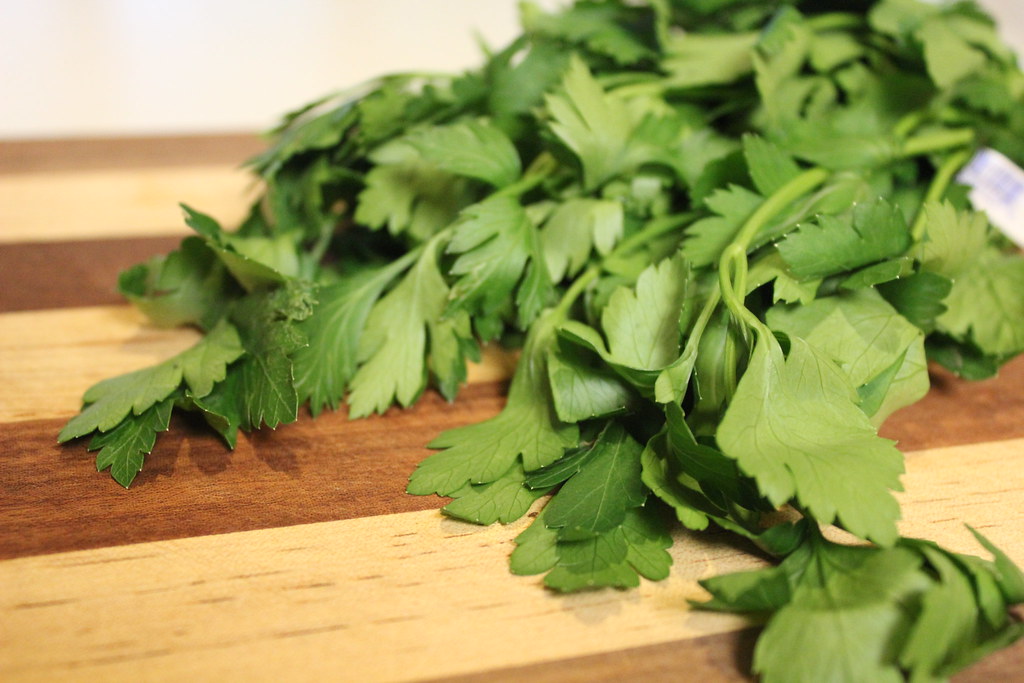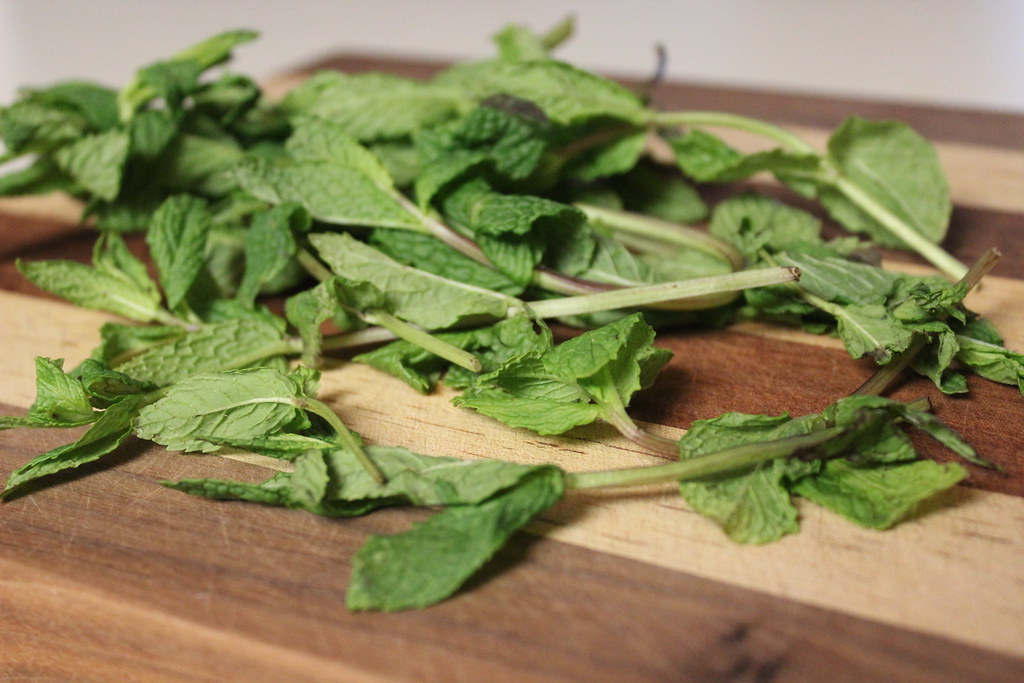Herbs are a healthy way to add flavor and variety to a dish without extra calories or artificial additives. They’re a perfect complement to light spring dishes and pack a healthy dose of antioxidants. While it’s easy to use store-bought dried herbs, they tend to lose their nutritional value. Buying fresh is best but then they’re more expensive.
To save on that added cost, grow your own herbs. It’s fairly easy, cheap and they add some greenery to your windowsill.
Basics For Planting:
If you’re growing herbs indoors, choose the sunniest spot you’ve got available for your pots. You can either transport some already-grown herbs from outside (but I’d ask your mom before swiping hers), or buy some from a garden store. The five herbs that are most recommended for indoors are chives, mint, thyme, rosemary and oregano. Check here for tips on how to find and set up your pot.
Whether you’re growing them or not, here are some of the most common herbs used in cooking:
Basil
Said to have anti-inflammatory properties, it has a minty and peppery taste with a little bit of sweetness. It’s most often used with tomatoes, fish and different meats, in addition to being a main component of pesto.
Parsley
A great herb for cooking because of its peppery flavor and its versatility in many different dishes. Keep in mind that the curly kind is used as a garnish and only flat parsley is used in cooking.
Thyme (pronounced ‘time’– don’t embarrass yourself)
Another versatile choice because it can be used with different meats, fish and vegetables. Run your fingers along the stem in order to get all of the leaves off; the woody stem’s not for eating.
Rosemary
A little goes a long way with this pungent herb. Rosemary contains carnosic acid, which is said to help stop weight gain and lower cholesterol. Same ‘no-stem’ policy as with thyme.
Mint
There are two main types: peppermint and spearmint. Both are used in desserts, teas, salads and mojitos — which is good because mint can also aid digestion and soothe hangovers.
Sage
Said to help reduce cardiovascular disease. It’s commonly used in brown butter and Thanksgiving stuffing.
Cilantro, aka coriander
Used heavily in Asian and Latin cooking, typically raw and sprinkled over dishes.
Oregano
Common in Mediterranean and Mexican food, including pasta, chicken or in dressings. It also has omega-3 fatty acids for a healthy heart.
Chives
Have similar flavor to onion. They are commonly used in sauces and cheeses, but also as a garnish.
Recipes to Make with Your New Herbs:
Herb Buttered Noodles
Scrambled Eggs with Herbs
Marinated Tomato Salad with Herbs
Vegan Green Goddess Dressing
Herbed White Bean Dip
Whole Wheat Spaghetti with Lemon, Basil and Salmon



